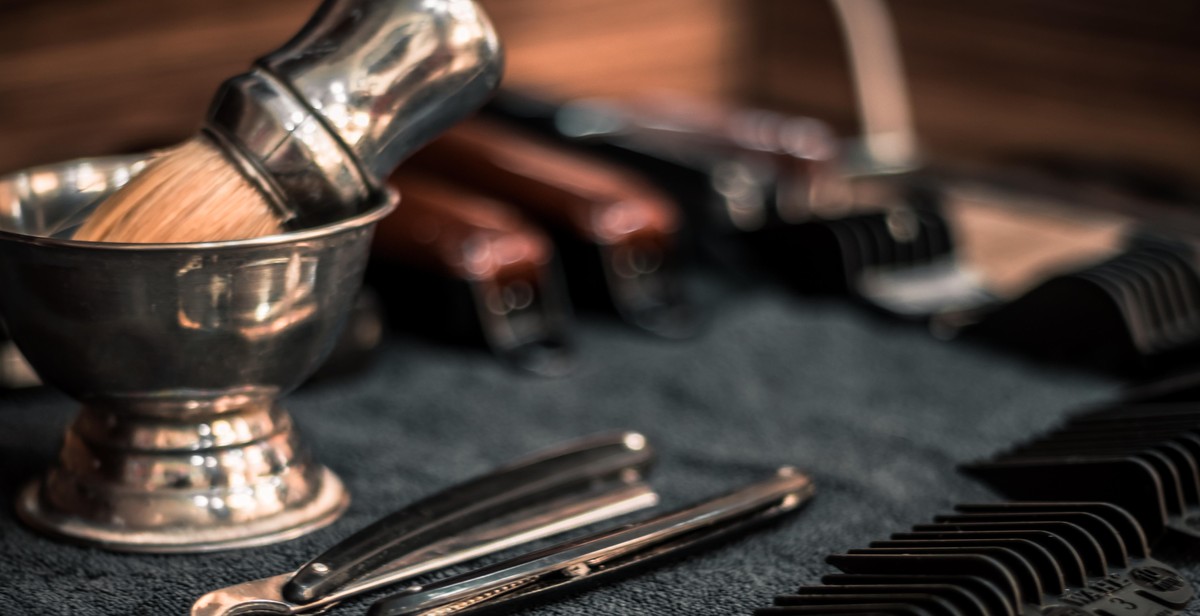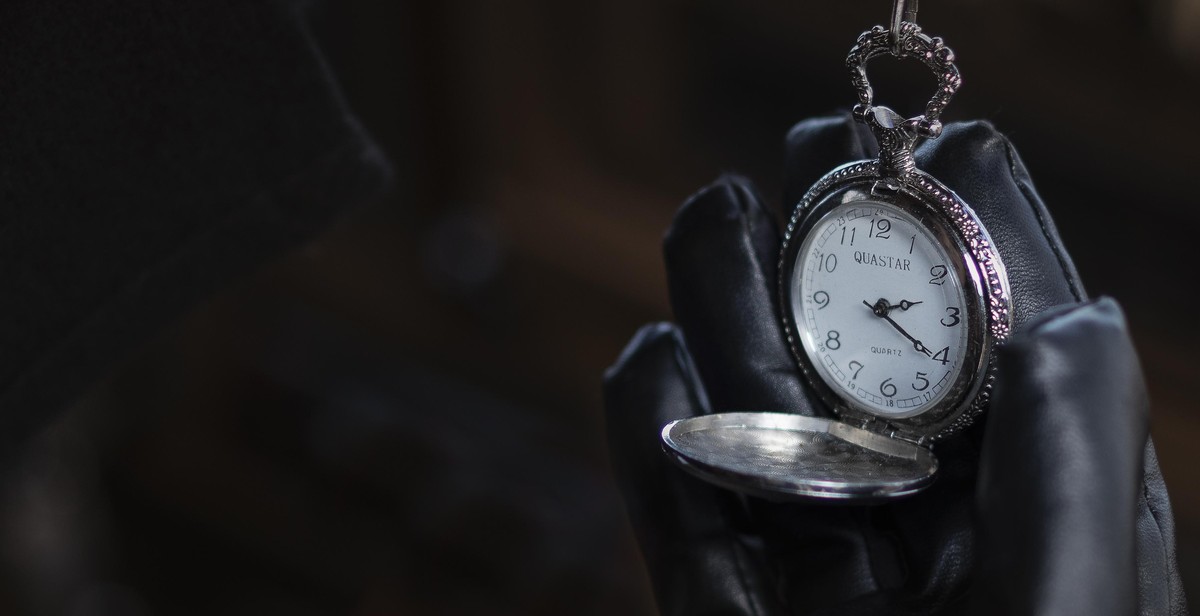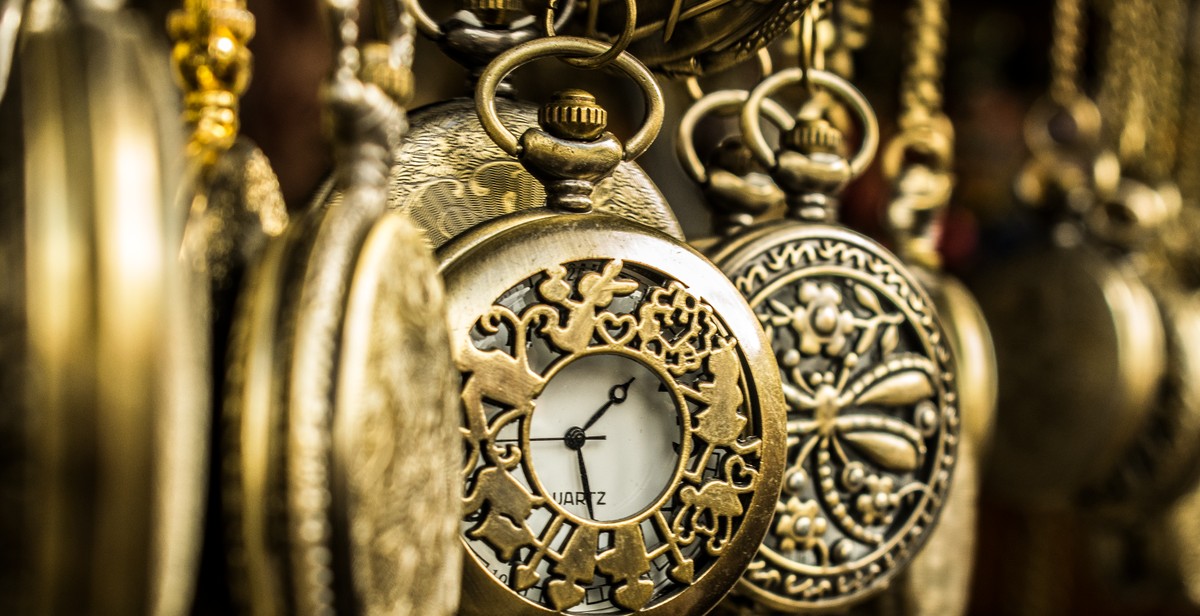How to Restore Vintage Watches: Cleaning, Polishing, and Reconditioning
Restoring vintage watches is a fascinating hobby that requires patience, skill, and attention to detail. Whether you’re a collector or a watch enthusiast, restoring an old watch can be a rewarding experience. However, it’s important to approach the process with care and caution. Vintage watches are delicate and can easily be damaged if mishandled.
Cleaning
The first step in restoring a vintage watch is cleaning it. Over time, dirt, dust, and grime can accumulate on the watch’s surface, making it look dull and unappealing. To clean a vintage watch, you’ll need to disassemble it carefully and clean each part individually. This process requires specialized tools and cleaning solutions.
Polishing
Once the watch is clean, the next step is polishing. Polishing a vintage watch can help remove scratches and restore its shine. However, it’s important to use the right tools and techniques to avoid damaging the watch’s surface. Polishing should be done carefully and sparingly.
Reconditioning
Finally, reconditioning a vintage watch involves repairing any damage and replacing worn-out parts. This can be a complex process that requires specialized knowledge and skills. It’s important to use authentic replacement parts to maintain the watch’s value and integrity.
Overall, restoring a vintage watch can be a challenging but rewarding experience. With patience, care, and attention to detail, you can bring new life to an old timepiece and enjoy it for years to come.
Why Restore Vintage Watches?
There are several reasons why restoring vintage watches is becoming increasingly popular. Not only do these timepieces hold a significant sentimental value for their owners, but they also have a historical and financial value that cannot be ignored.
Sentimental Value
Vintage watches often hold a special place in the hearts of their owners. They may have been handed down from a beloved family member or acquired during a memorable time in one’s life. Restoring these watches can rekindle the memories and emotions associated with them, making them even more cherished possessions.
Historical Value
Many vintage watches have a rich history and cultural significance. They may have been worn by famous individuals or played a role in a significant event. By restoring these timepieces, we are preserving a piece of history and ensuring that it continues to be appreciated for years to come.
Financial Value
Restoring vintage watches can also be a smart investment. As these timepieces become rarer and more sought after, their value can increase significantly. By restoring a vintage watch to its original condition, you are not only increasing its value but also ensuring that it remains in good condition for future generations to enjoy.
Overall, restoring vintage watches is a rewarding and valuable endeavor. Whether it’s for sentimental, historical, or financial reasons, the process of bringing an old timepiece back to life is a labor of love that is sure to be appreciated for years to come.

Tools Needed for Restoration
Restoring vintage watches requires a variety of tools to properly clean, polish, and recondition the timepiece. Here are the essential tools needed for each step of the restoration process:
Cleaning Tools
Before any polishing or reconditioning can take place, the watch must be thoroughly cleaned. The following tools are necessary for cleaning a vintage watch:
- Mild soap or cleaning solution
- Soft-bristled brush
- Cotton swabs
- Microfiber cloth
- Pegwood or toothpick
- Ultrasonic cleaner
Polishing Tools
Polishing a vintage watch requires a delicate touch and the right tools to avoid damaging the timepiece. The following tools are necessary for polishing a vintage watch:
- Polishing cloth
- Diamond paste
- Rouge polishing compound
- Polishing wheel
- Buffing wheel
- Metal polish
Reconditioning Tools
Reconditioning a vintage watch involves repairing any damage to the watch and restoring it to its original condition. The following tools are necessary for reconditioning a vintage watch:
- Watchmaker’s screwdrivers
- Pin vise
- Hand-setting tools
- Case opener
- Case knife
- Jeweler’s saw
- Files
- Sanding sticks
- Polishing pads
With the right tools and a careful approach, restoring a vintage watch can be a rewarding experience that results in a beautiful timepiece that can be enjoyed for years to come.

Cleaning Vintage Watches
Cleaning vintage watches is a delicate process that should only be done by experienced professionals. It’s important to disassemble the watch before cleaning it to prevent any damage to the delicate parts. Here are the steps involved in cleaning a vintage watch:
Disassembling the Watch
Before cleaning the watch, it’s important to disassemble it carefully. This involves removing the watch hands, dial, and movement from the case. Each part should be handled with care, as they are delicate and can easily be damaged.
Cleaning the Watch Parts
Once the watch parts are disassembled, they need to be cleaned carefully. This involves using specialized cleaning solutions and ultrasonic cleaners to remove any dirt, dust, or grime that may have accumulated on the parts over the years. It’s important to clean each part thoroughly to ensure that the watch functions properly.
After cleaning, the watch parts are rinsed in distilled water and dried with a soft cloth. It’s important to ensure that all the parts are completely dry before reassembling the watch.
Reassembling the Watch
Reassembling the vintage watch is a delicate process that requires patience and precision. Each part needs to be assembled carefully, and the watch should be tested at various stages to ensure that it is functioning properly.
Once the watch is reassembled, it should be polished and reconditioned to restore its original shine and beauty. With the right care and maintenance, a vintage watch can last for many years and even become a family heirloom.

Polishing Vintage Watches
Polishing vintage watches is a delicate process that requires patience and attention to detail. The goal is to restore the watch to its original shine without compromising its integrity or value. Here are the steps to follow when polishing a vintage watch:
Removing Scratches from the Watch Case
The first step in polishing a vintage watch is to remove any scratches from the watch case. This can be done using a polishing cloth or a polishing compound. Start by applying a small amount of the compound to the cloth and gently rubbing it onto the surface of the watch case in a circular motion. Be sure to apply even pressure and avoid pressing too hard, as this can cause further damage to the watch. Repeat this process until the scratches have been removed.
Polishing the Watch Crystal
The watch crystal is the clear cover that protects the watch face. Over time, it can become scratched or dull, making it difficult to read the time. To polish the watch crystal, start by cleaning it with a soft cloth to remove any dirt or debris. Then, apply a small amount of polishing compound to the cloth and gently rub it onto the surface of the crystal in a circular motion. Be sure to apply even pressure and avoid pressing too hard, as this can cause further damage to the crystal. Repeat this process until the crystal is restored to its original shine.
Polishing the Watch Band
The watch band is another important component of a vintage watch. Over time, it can become scratched or tarnished, making it look worn and dull. To polish the watch band, start by cleaning it with a soft cloth to remove any dirt or debris. Then, apply a small amount of polishing compound to the cloth and gently rub it onto the surface of the band in a circular motion. Be sure to apply even pressure and avoid pressing too hard, as this can cause further damage to the band. Repeat this process until the band is restored to its original shine.
| Step | Description |
|---|---|
| 1 | Remove scratches from the watch case using a polishing cloth or compound. |
| 2 | Polish the watch crystal by cleaning it with a soft cloth and applying polishing compound. |
| 3 | Polish the watch band by cleaning it with a soft cloth and applying polishing compound. |
Reconditioning Vintage Watches
Reconditioning a vintage watch involves a few key steps. First, any broken or damaged parts need to be replaced. This includes everything from the crystal and hands to the gears and springs. It’s important to use authentic replacement parts whenever possible to ensure the watch functions properly.
Oiling and lubricating the watch movement is also a crucial step in reconditioning vintage watches. The movement is the heart of the watch and needs to be properly lubricated to prevent wear and tear. A watchmaker will carefully disassemble the movement, clean each part, and then apply the appropriate amount of oil to each pivot point.
Once the movement has been properly lubricated, the watchmaker will adjust the timing. This involves carefully adjusting the balance wheel and hairspring to ensure the watch keeps accurate time. The watchmaker will use a timing machine to measure the watch’s accuracy and make any necessary adjustments.
It’s important to note that reconditioning a vintage watch is a delicate process that requires a skilled watchmaker. Attempting to recondition a watch yourself can result in further damage to the watch and may decrease its value.
Benefits of Reconditioning Vintage Watches
Reconditioning a vintage watch can bring it back to its former glory and allow it to function like new. It can also increase the watch’s value, especially if it’s a rare or highly sought-after model. Additionally, reconditioning a vintage watch can be a more sustainable option than purchasing a new watch, as it allows you to give new life to a piece of history.
Conclusion
Reconditioning vintage watches is a specialized skill that requires knowledge and experience. By replacing broken parts, oiling and lubricating the watch movement, and adjusting the timing, a skilled watchmaker can bring a vintage watch back to life. Not only does reconditioning a vintage watch allow it to function like new, but it can also increase its value and provide a more sustainable option for watch enthusiasts.

Conclusion
Restoring vintage watches is an art that requires patience, skill, and attention to detail. Whether you are a collector or a watch enthusiast, restoring a vintage watch can be a rewarding experience. In this article, we have discussed the various steps involved in restoring a vintage watch, including cleaning, polishing, and reconditioning.
Cleaning
Cleaning is the first step in restoring a vintage watch. It involves disassembling the watch, cleaning each component, and reassembling the watch. The cleaning process should be done carefully to avoid damaging any of the delicate parts of the watch. Ultrasonic cleaning is the most effective method of cleaning a vintage watch.
Polishing
Polishing is the second step in restoring a vintage watch. It involves removing scratches and other imperfections from the watch case and bracelet. A polishing cloth and polishing compound are used to achieve a mirror-like finish. However, polishing should be done sparingly to avoid removing too much material from the watch case.
Reconditioning
Reconditioning is the final step in restoring a vintage watch. It involves replacing any worn-out or damaged components of the watch, such as the movement or the dial. Reconditioning should be done by a professional watchmaker to ensure that the watch is restored to its original condition.
Overall
Restoring a vintage watch requires a lot of time and effort, but the end result is worth it. A restored vintage watch not only looks beautiful but also has a rich history and a unique story to tell. By following the steps outlined in this article, you can restore your vintage watch to its former glory and enjoy it for years to come.
